In today’s workplace, organizations are grappling with a persistent challenge of employee engagement. Despite the advancements in technology, management strategies, and a deeper understanding of human psychology, employee engagement rates have stubbornly hovered around 30% since the early 2000’s. This stagnation begs the question: Why are organizations failing at engaging their employees?
Most organizations have consistently believed that financial rewards and elevated job titles are the keys to unlocking employee engagement. However, as the data consistently suggests, this approach has fallen short of expectations. While these incentives can provide a temporary boost in motivation, they often fail to foster sustained engagement and passion among employees.
While competitive salaries are essential for attracting and retaining top talent, the notion that increased pay alone equates to heightened engagement is a fallacy. Bonuses are also used to reward exceptional performance, but they can inadvertently create a culture of pitting employees against each other. Employees may feel shortchanged if the bonus system lacks transparency or if their efforts are not adequately recognized. If the organization promotes what the bonus looks like early in the year and then falls short of the expectation, this also drive trust down in the organization with the leadership.
Employees often seek more than just financial compensation; they crave a sense of purpose, professional growth, and a positive work environment.
Offering generous vacation packages is a positive step, but it does not necessarily translate into increased engagement. Employees may be hesitant to take time off due to fear of falling behind or concerns about workload, ultimately contributing to burnout. Employees are also likely checking emails when they are supposed to be on vacation resulting in lack of separation and driving up anxiety. Some employees I have talked to have even reported working while on vacation. Now is that really a vacation?
The last thing that organizations do is try to entice employees with impressive job titles. Job titles can boost an employee's ego, but it does not address the core issues of engagement. Once the high of a new cool job title wears off, the employee is left feeling like they are doing the same unsatisfying work.
Since the year 2000, the workforce has undergone significant changes. Millennials and Generation Z have entered the scene with distinct values, emphasizing purpose, flexibility, and a healthy work-life balance. The rigid, hierarchical structures that once defined organizations are increasingly at odds with the desires of these newer generations. This results in a disconnect between leadership and the employees who want to feel a sense of purpose while managers are hoping to keep the people moving along with their work.
Modern employees seek more than just a paycheck, extra vacation, or job title. Employees want to be part of something meaningful.
Organizations must recognize that the traditional levers of pay, bonus, vacation, and job titles, while important, are insufficient on their own. A more holistic approach that considers the evolving expectations of the modern workforce, emphasizing purpose, flexibility, and continuous development, is crucial for breaking free from the 30% engagement barrier. It's time for organizations to reimagine their employee engagement strategies and create workplaces that inspire passion, creativity, and a genuine sense of belonging.
“Businesses wonder why it is still hard to be thought of as the brand of choice with the best customers and top employees. How can our business make more profitable transactions and stay out of the commodity battle with low profits? How can we land and keep top talent in our organization with the salary wars. Kevin teaches your sales and leadership teams how to build the key ingredient to be successful with their relationships and take your goals to the next level with high levels of engagement.
Kevin’s website: www.kevinsidebottom.com
Kevin’s email: kevin@kevinsidebottom.com
The Sales Process Online Membership Site
https://www.kevinsidebottom.com/pricing-page
The Sales Process Uncovered Book
https://www.amazon.com/Sales-Process-Uncovered-Success-Influence/dp/0578421518/ref=sr_1_1?crid=8XUM4QL2RC6M&keywords=the+sales+process+uncovered&qid=1673274567&sprefix=the+sales+process+uncovered%2Caps%2C90&sr=8-1





















